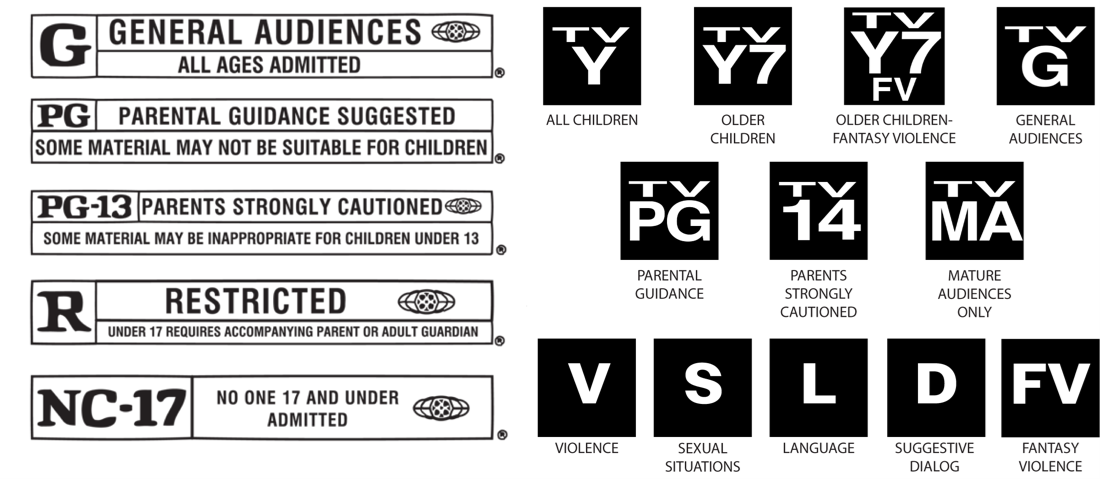‘Cuties’: How a Poster Ignited a Controversy
On Sept. 9, the coming-of-age drama “Cuties,” was released on Netflix in the U.S. The company bought worldwide rights (excluding France) to the film and in January 2020 it premiered at Sundance, winning the World Cinema Dramatic Competition. The film is translated in to more than 40 languages and is available in 190 territories. In France, it was released Aug. 19 by Bac Films, who handled French rights.
At Sundance, the film was well received by an international audience that included many Americans. In France—where it was rated suitable for all ages— “Cuties” opened without debate. Indeed, independent, foreign language films featuring novice talent and helmed by a first-time director ordinarily appeal to a small, niche audience.
Initial Backlash
The outcry began after Netflix’s original marketing campaign. The poster depicted preteen girls posing suggestively in crop tops and short shorts. The accompanying description used the term “twerking,” the definition of which is “to dance to popular music in a sexually provocative manner involving thrusting hip movements and a low, squatting stance.” It is unsurprising that some people expressed outrage.
Netflix quickly acknowledged the artwork was not representative of the film and updated the poster image and description. Director Maïmouna Doucouré maintains she was not consulted on the materials, for which Ted Sarandos, Co-CEO of Netflix, called and apologized.
Dissent Escalates
Unfortunately, the changes and apology came too late. Doucouré began receiving intense criticism and even death threats. The unfavorable response swelled and on Sept. 10, #CancelNetflix was the top trend on Twitter. Over the following days, prominent politicians on both sides of the aisle accused Netflix of sexualizing little girls and demanded “Cuties” be removed from its platform. Those same politicians, led by Texas Republican Senator Ted Cruz, urged the U.S. Dept of Justice to investigate potential violation of federal child pornography laws. Furthermore, anger about the film spilled over into litigation . On Oct. 6, a Tyler County grand jury in Texas charged Netflix for the “promotion of lewd visual material depicting a child,” accusing the film of appealing “to the prurient interest in sex” and saying it has “no literary, artistic, political, or scientific value,” according to a copy of the indictment.
Human rights and child advocacy groups echoed complaints. Susan Peters with UnBound, a nonprofit organization that helps trafficking survivors, says the film is a potential gateway to sexual predators and child sex trafficking. “Media and film can be powerful. So, when you’re connecting this sexual activity with children, that’s incredibly problematic and for our work, it’s super concerning.”
A representative for the conservative National Center on Sexual Exploitation, said in a statement , “While we commend Director Maïmouna Doucouré for exposing the very real threats to young girls having unfettered access to social media and the internet, we cannot condone the hypersexualization and exploitation of the young actresses themselves in order to make her point.”
Defending Her Vision
Doucouré responded to that criticism saying that it was important for her to stay authentic to the theme and using young adult actresses defeated that purpose. She talked at length with her leads and their parents about the importance of the film’s message and the difference between acting and real life. A psychologist was always present on set “to constantly communicate with the girls, and to avoid any risk of confusion with the cinematic roles they were playing and their real lives as children.”
The film is disturbing, but its idea is both bold and valuable. The director draws upon her own experience as a girl from a traditional Muslim Senegalese family growing up in liberal Paris. Additionally, Doucouré’s research included interviewing hundreds of preadolescent girls. What she found is that they perceive dressing and acting seductively equals success in the larger world. Unfortunately, girls mimic what they see online without the maturity to comprehend the meaning of their choices.
The time between girlhood and womanhood is confusing and the images and information on social and in other media make navigating it more difficult and complex. In producing the film, the director intended to start an open discussion on what she sees as a global social dilemma. Despite Doucouré’s noble goal, for some there is stark contradiction between the message and the vehicle.
Culture War
The contentious discourse continued, morphing into full-scale culture war. By Sept.18, there were 83,700,000 Google search results on the subject and 168 Change.org petitions (originating in the U.S. and 11 other countries). Petition signatures range from 5 to 736,803. In addition to the negative commentary and the film’s politicization, 4Chan prohibited all “Cuties” images from its site, the Brazilian government halted screenings, and the Radio and Television High Council banned the film in Turkey.
Moreover, The Council on Islamic-American Relations demanded Netflix remove “Cuties” from its platform and apologize not only for sexualizing prepubescent girls, but also for its Islamophobia . CAIR stated: “It depicts the Muslim girl’s father as a polygamist, her mother as oppressed, and features a scene in which her family conducts an exorcism that leads Amy to gyrate and jerk around while wearing revealing clothing, all as an Arabic recitation plays in the background.”
The Other Side
Not everyone expressed anger about “Cuties.” Film defenders assert that much of the criticism stems from philistinism, images and clips taken out of context and lack of cultural competence. In fact, “Cuties” is meant to shed light on the very subject for which it is criticized: that in our modern, social media drenched society, children–especially girls– grow up too quickly. The New Yorker’s Richard Brody declared that the “subject of the film is exactly the opposite: it dramatizes the difficulties of growing up female in a sexualized and commercialized media culture.”
Unifrance, the company backing “Cuties,” released a statement denouncing the negative response to the film. It reaffirmed its “commitment to supporting the freedom of artistic creation and expression. Because one of the great strengths of cinema is its capacity to reach beyond borders and boundaries, and to offer a critical and constructive viewpoint on the world and the excesses of today’s societies.”
In other countries, advocates include the French culture minister and the Italian Bishops’ newspaper, “Avvenire,” who said the film, if handled correctly, could be used as an educational tool.
Controversy Equals Curiosity?
Despite the online debate, “Cuties” made Netflix’s top 5 list in the U.S. and its top 10 list in 17 other countries. It appears the hostile reaction over the film increased viewership. A Screen Engine/ASI poll found that 52% of U.S. subscribers who watched the film after its release watched because of brouhaha. There might be some truth in the long-held Hollywood notion that controversy can, and often does, increase a film’s audience.
Age Rated and Restricted Access
“Cuties” is rated for suitability in each territory and behind a paywall, so why the cacophony? Are people really scandalized by the film or is it just a moral scapegoat in a larger culture shift? Does the upcoming contentious U.S. election factor in? Regardless, the filmmakers’ desire to raise awareness of the inappropriate messages young girls receive in today’s social media driven society has been lost in a sea of political and moral outrage, ignorance, and misunderstanding.
To think all the discord started with a single image taken out of context. That brief, but powerful, oversight was the match that lit the fire. This inferno was avoidable and emphasizes the importance of taking culture into account and carefully aligning marketing materials with content.
Related Posts


SILICON VALLEY
2336-H Walsh Ave.
Santa Clara, CA 95051
+1(408) 550-2344
LOS ANGELES
3900 W Alameda Ave.
Burbank, CA 91505
+1(310) 496-7307









